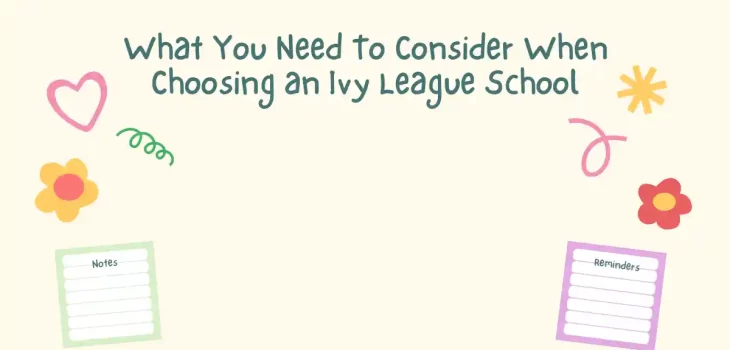4 Tips for Financing and Leasing a Car
When looking for a new car, financing and leasing options can seem like a blur. Luckily, you don’t have to be an expert to understand your financing or leasing options. All you need is the correct information. Below are 4 tips for financing and leasing your dream car for less than you think.
Tips for Financing and Leasing a Car
If you’re considering buying a new car this year, one of the first questions you’ll ask is whether it’s better to finance or lease. Financing means taking out a loan to pay for your vehicle, while leasing is more like renting. Each option has its merits, but it can be complicated to figure out what’s best for you.
Here are four things to consider when financing or leasing a car.
Know the Difference Between Financing and Leasing
Whether you are financing or leasing a car, it is essential to understand what’s the differences between Financing and Leasing a Car.
Financing
When you finance a car, you’re taking out a loan and paying back the amount you borrowed plus interest and fees. Once you pay off your loan, you own the car.
Financing is a good option if:
- You can afford a 20% down payment.
- You plan on keeping your car for several years.
- You drive more than 15,000 miles per year.
Leasing
When you lease a car, you borrow it from the dealer or manufacturer for an agreed-upon amount of time and miles. When renting, you do not own the vehicle; you pay to use it for a specified period.
Leasing is a good option if:
- You want lower monthly payments than with financing.
- You want to drive a new car every few years.
- You drive less than 15,000 miles per year.
Learn you’re Different Financing Options
There’s a lot to consider when you buy a car, and the process can be stressful. You have to choose what kind of vehicle you want, and then you have to figure out how much it will cost.
Because financing is such an essential part of the car-buying process, we’ve put together four tips that will help make your car-buying experience easier.
Learn Your Financing Options
The first step in the financing process is to figure out how much money you’ll need to get the car. If you’re buying a new car, this number will usually be pretty straightforward; if you’re buying used, more factors are at play.
Some dealerships offer financing on-site — that’s called “direct lending” — but if they don’t, it’s up to you to find and apply for your loan. You can go through the dealership for this or get a loan from your bank, credit union, or another lender.
Another option is peer-to-peer lending, which brings together borrowers and investors who provide loans online. These tend to be short-term loans with high minimum payments that should only be used for short-term needs — not for an auto loan.
Don’t Skip a Test Drive
It’s always essential to test drive a car before you buy it. You want to make sure that it moves well and meets your needs. If you’re planning on using certain features of the car like Bluetooth or satellite radio, be sure to test them out during your test drive.
Look for Manufacturer Rebates
Sometimes manufacturers offer rebates on specific makes and models. If you’re buying a new car, check out online sites where you can find refunds provided by manufacturers of the vehicles that interest you. If there is an offer available for the vehicle that interests you, ask your dealer if they will pass along the savings in the form of a discount to you so that you don’t have to deal with any paperwork from the manufacturer yourself.
Summary: Financing and Leasing a Car
Choosing a car means deciding which of the following approaches is most appropriate for your situation. Financing may be the way to go if you’re looking to own your car outright, but it’s essential to consider how long you’ll keep the vehicle before rolling it into a new auto loan. Leasing is perfect if you’re planning on trading out cars more frequently. However, you’ll need to be comfortable spending more money per month than you would on financing. Ultimately, leasing or financing boils down to personal preferences and your financial health. There isn’t necessarily a correct answer; instead, knowing your options will help you make a better decision that fits your needs.






